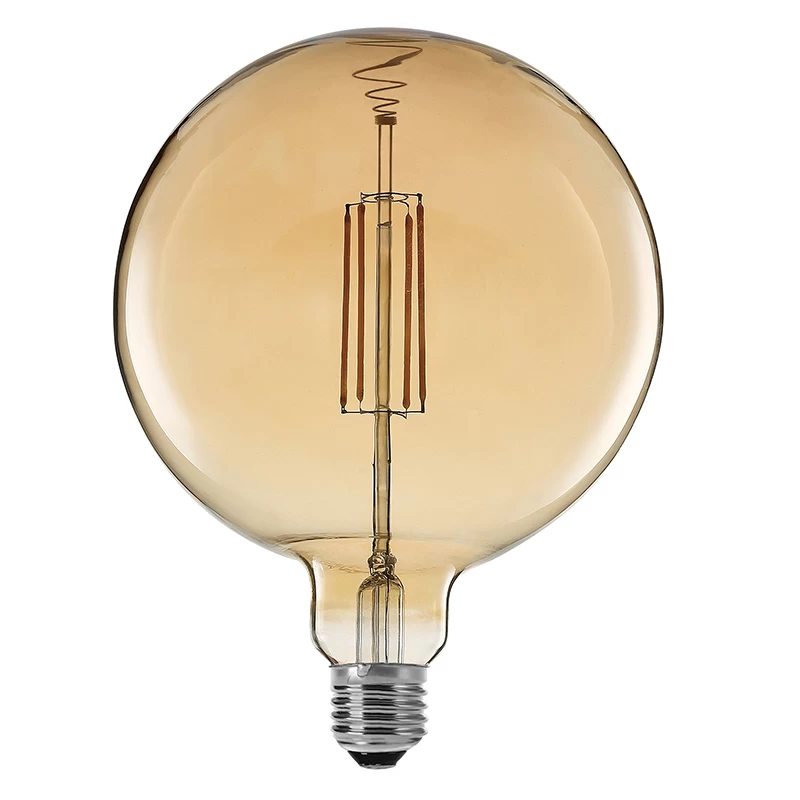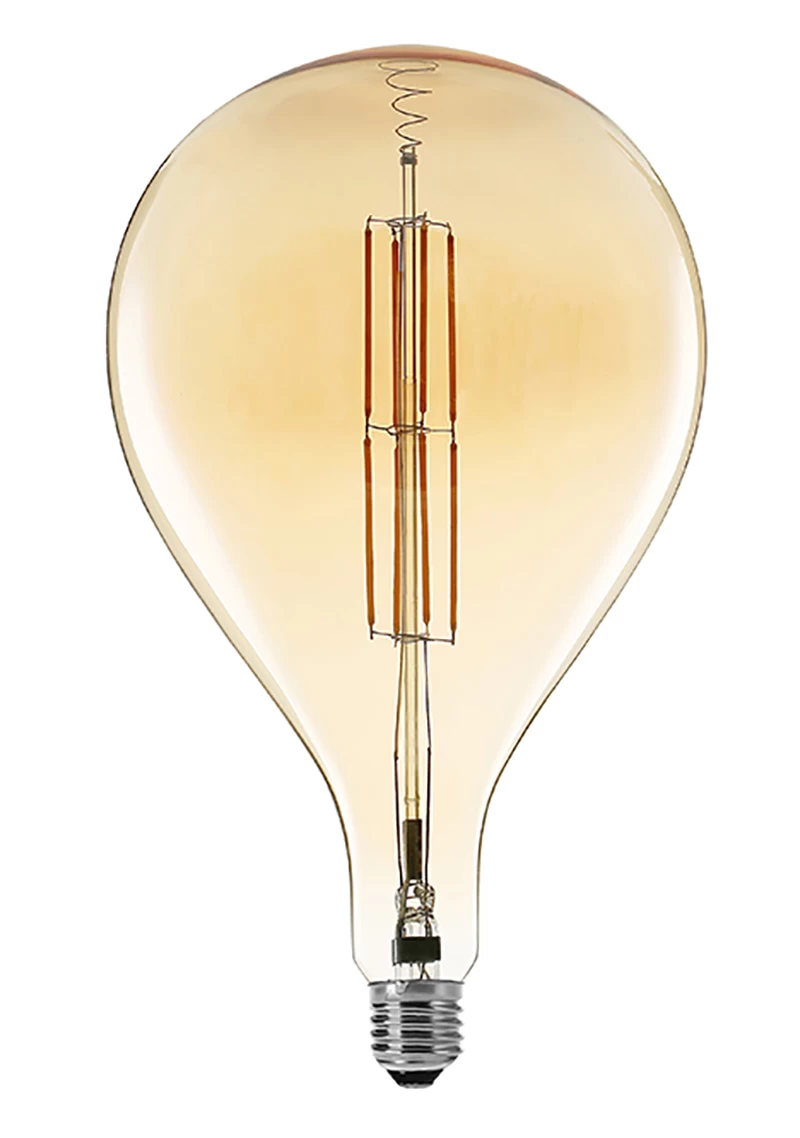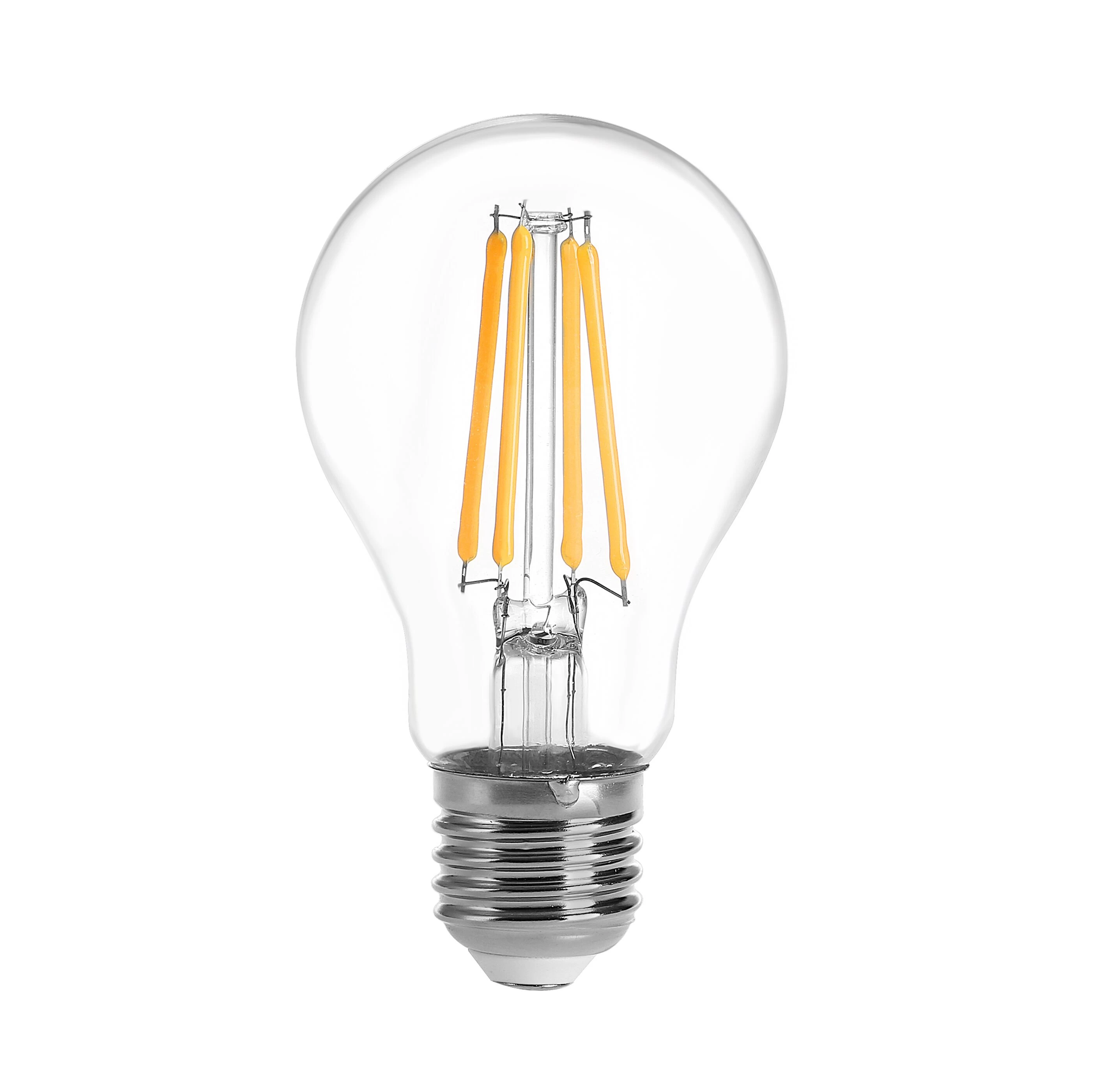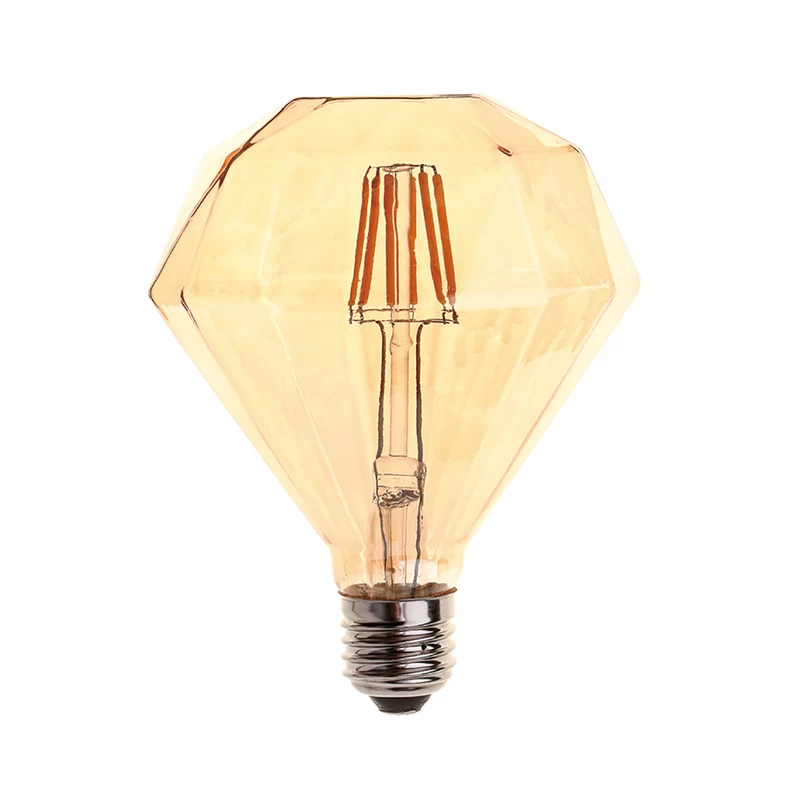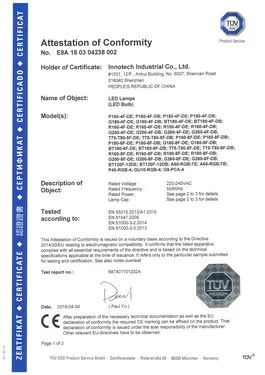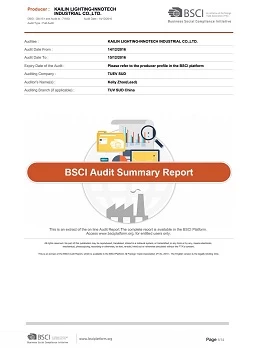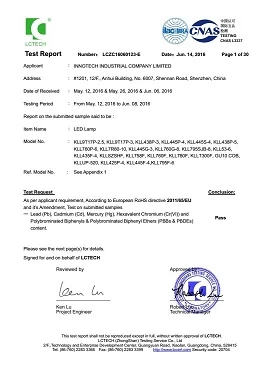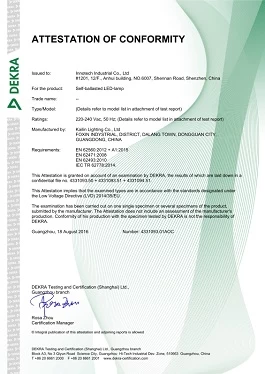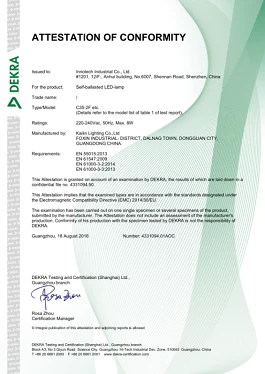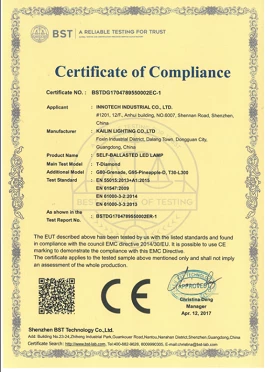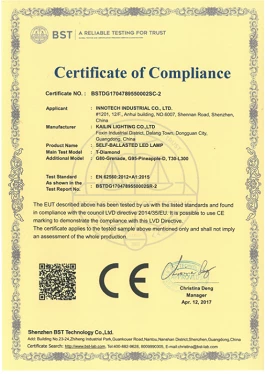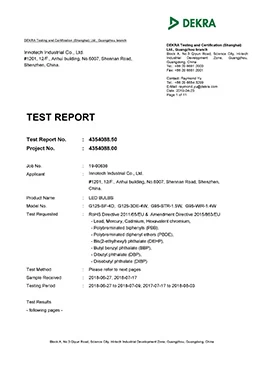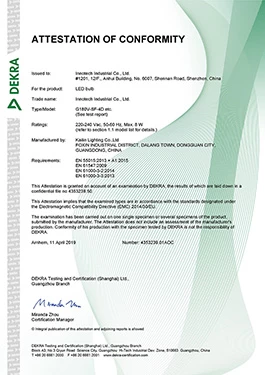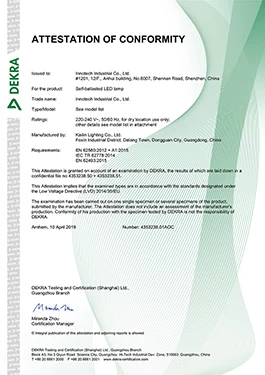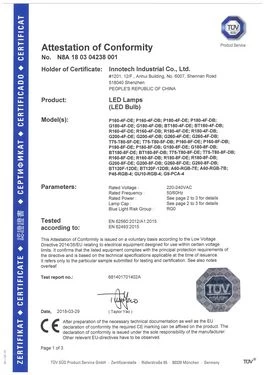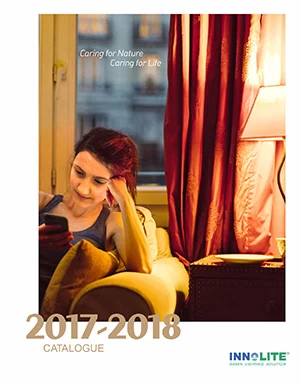Here are a few things to consider when choosing LED light bulbs...
Efficiency, Colour Temperature, Colour Rendering, Heat Output, lifetime, etc.
Which 5 Major Factors Affect the Lifetime of LED Lamps
Innotech
Innolite
2018-03-14 17:43:16
If you use a light source for a long time, you will have great economic benefits and reduce your carbon footprint. According to the system design, the reduction of luminous flux is a normal process, but it can be ignored. When the luminous flux is reduced very slowly, the system will remain in good condition without long maintenance.
Compared to other light sources in many applications, LED bulbs for home are undoubtedly superior. In order to keep the system in good condition, the following five factors need to be considered.
effectiveness
LED lamps and LED modules are manufactured and driven within a specific current range. According to its characteristics, it can provide LEDs with current ranging from 350mA to 500mA. Many systems are driven in high value areas of this current range.
Acidic conditions
In some acidic conditions, LEDs can also be easily affected, such as in coastal areas where salt content is high, in factories that use chemicals or make products, or in indoor swimming pools. Although LED bulbs With constant IC driver bulbs are also manufactured for these areas, they must be carefully packed into fully enclosed housings with high IP protection.
 Heat
Heat
Heat will affect the LED's luminous flux and life cycle. Radiator can prevent the system from overheating. Warming of the system means that the allowable ambient temperature of the LED lamp is exceeded. The life of the LED depends on the ambient temperature.
Mechanical stress
When manufacturing, stacking, or simply manipulating dimmable LED light bulbs, mechanical stress can also affect the lifetime of the LED lamp, sometimes completely destroying the LED lamp. Pay attention to electrostatic discharge (ESD), as this can cause transient but high-current pulses that damage LEDs and LED drivers.
humidity
The performance of the LED also depends on the humidity of the surrounding environment. Because in wet environments, electronic devices, metal parts, etc. tend to break down quickly and begin to rust, try to keep the LED system away from moisture.
Compared to other light sources in many applications, LED bulbs for home are undoubtedly superior. In order to keep the system in good condition, the following five factors need to be considered.
effectiveness
LED lamps and LED modules are manufactured and driven within a specific current range. According to its characteristics, it can provide LEDs with current ranging from 350mA to 500mA. Many systems are driven in high value areas of this current range.
Acidic conditions
In some acidic conditions, LEDs can also be easily affected, such as in coastal areas where salt content is high, in factories that use chemicals or make products, or in indoor swimming pools. Although LED bulbs With constant IC driver bulbs are also manufactured for these areas, they must be carefully packed into fully enclosed housings with high IP protection.

Heat will affect the LED's luminous flux and life cycle. Radiator can prevent the system from overheating. Warming of the system means that the allowable ambient temperature of the LED lamp is exceeded. The life of the LED depends on the ambient temperature.
Mechanical stress
When manufacturing, stacking, or simply manipulating dimmable LED light bulbs, mechanical stress can also affect the lifetime of the LED lamp, sometimes completely destroying the LED lamp. Pay attention to electrostatic discharge (ESD), as this can cause transient but high-current pulses that damage LEDs and LED drivers.
humidity
The performance of the LED also depends on the humidity of the surrounding environment. Because in wet environments, electronic devices, metal parts, etc. tend to break down quickly and begin to rust, try to keep the LED system away from moisture.

 +
+




